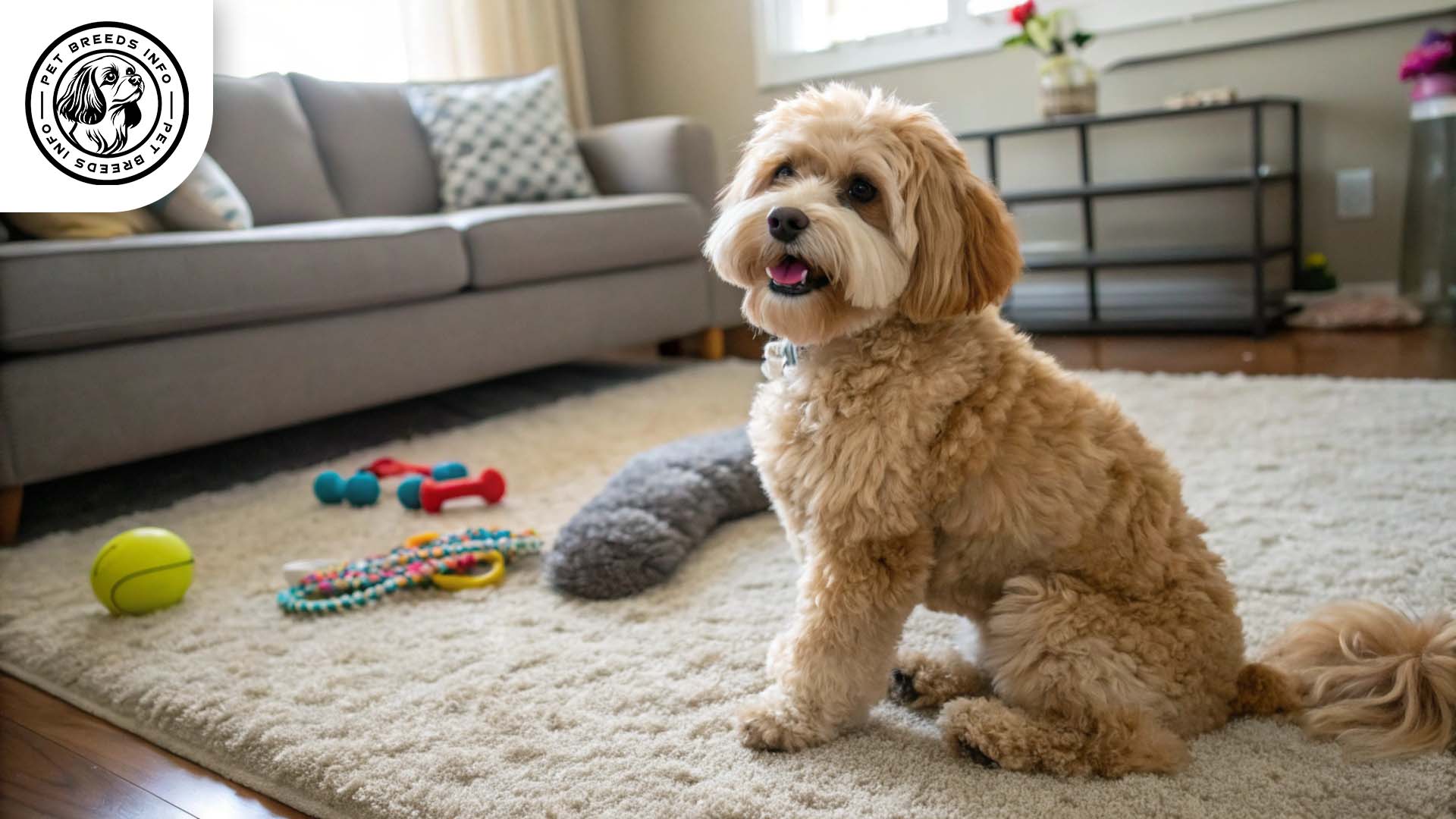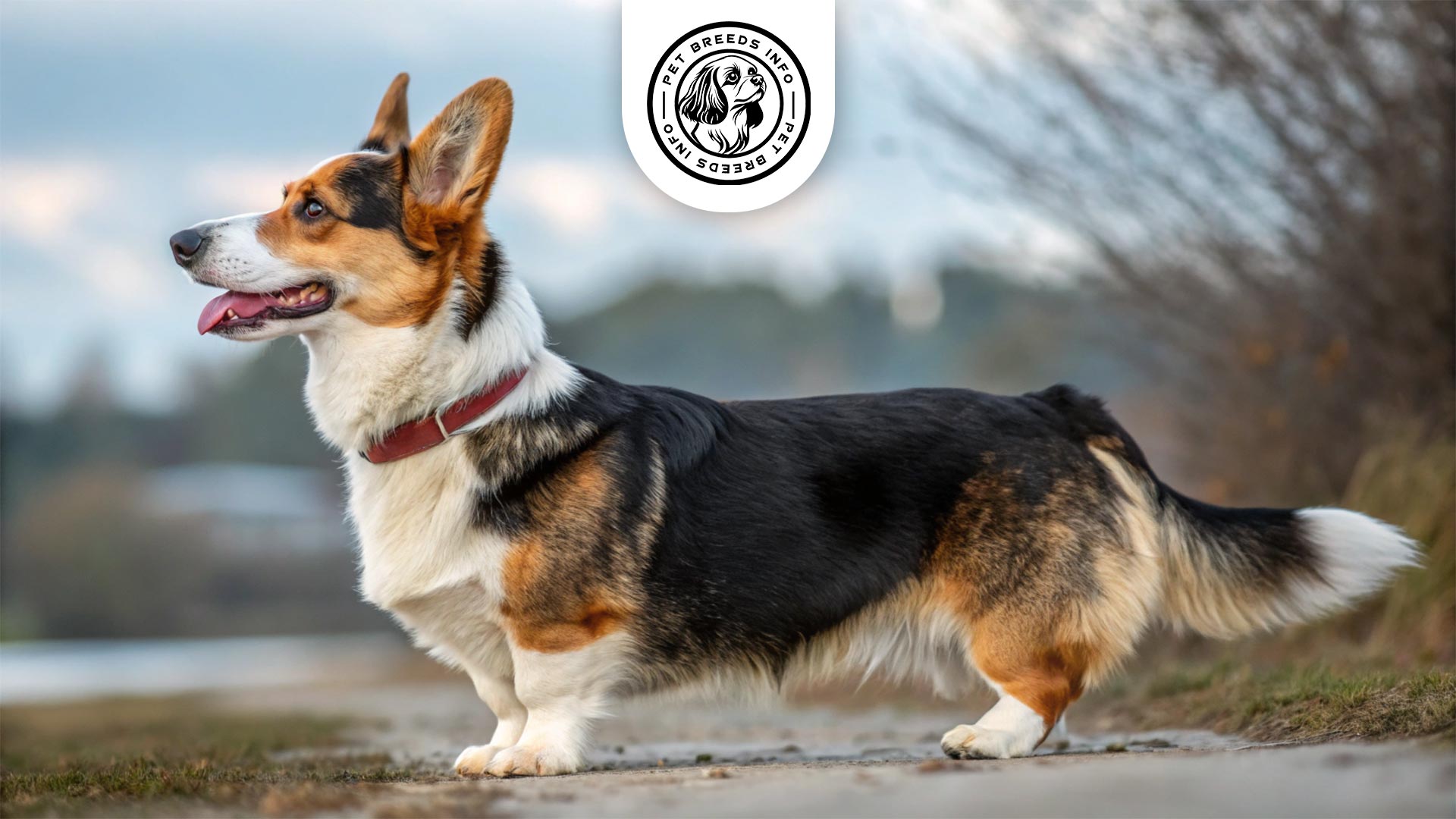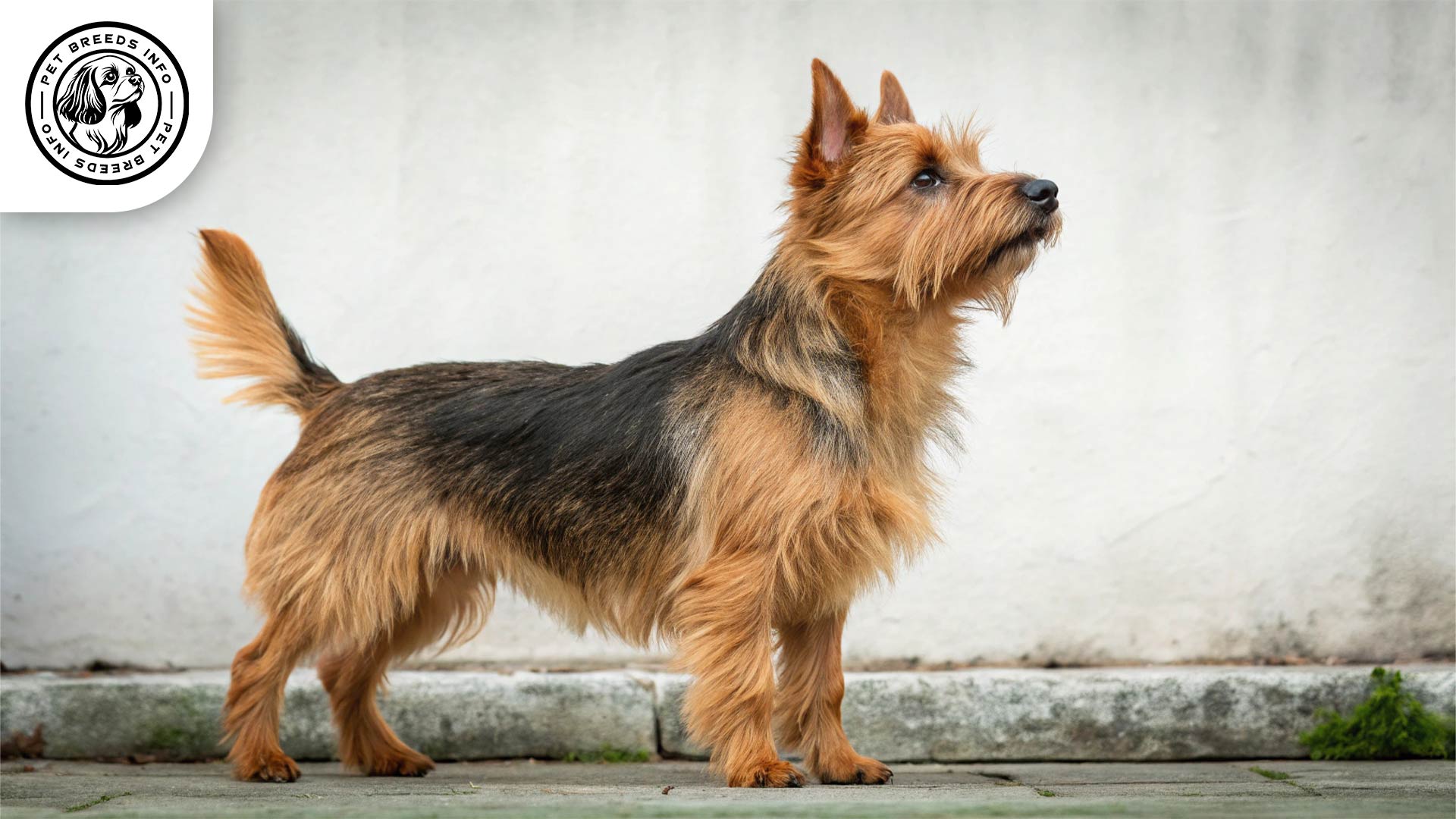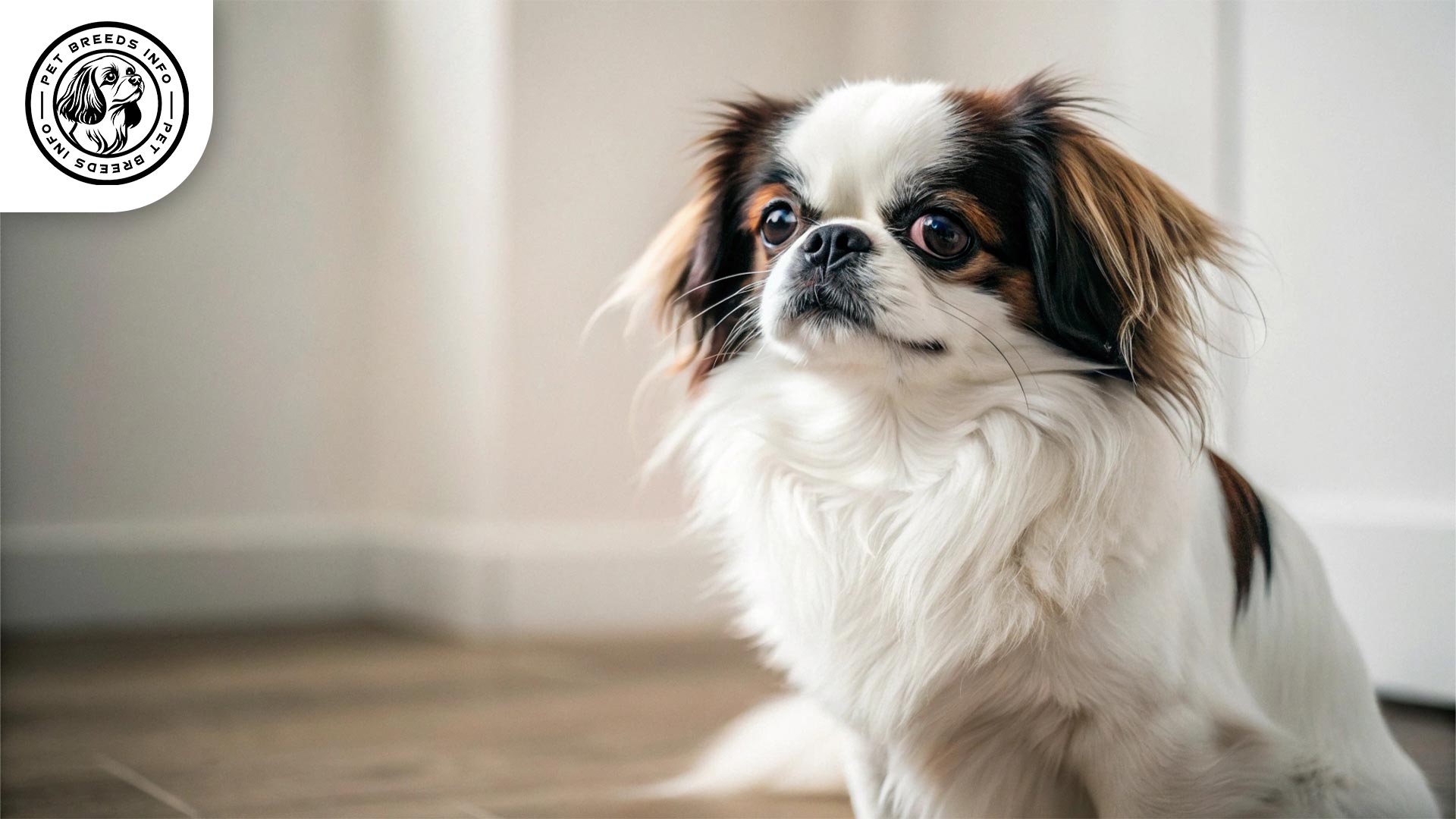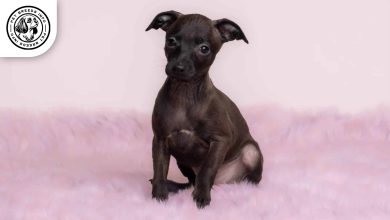Maltipoo Dog Breed: Size, Health, Price & Personality
General Introduction of the Breed
The Maltipoo is a designer dog breed that results from the crossbreeding of a Maltese and a Poodle. This small companion dog is known for its affectionate nature, intelligence, and hypoallergenic coat.
Alternative names for the Maltipoo include Maltepoo, Moodle, and Maltese-Poodle Mix.
This breed originates from the United States, where breeders sought to combine the intelligence of the Poodle with the affectionate personality of the Maltese. Over time, the Maltipoo has become a popular choice for families and individuals looking for a playful yet low-maintenance companion.
Table of Contents
| Weight | 5-20 pounds (2-9 kg) |
| Lifespan | 12-15 years |
| Diet | High-quality kibble, wet food, or a balanced raw diet |
| Care | Regular grooming, daily exercise, and social interaction |
| Health | Prone to patellar luxation, PRA, heart issues, and dental problems |
| Color | White, cream, apricot, silver, black, and mixed shades |
| Nature | Affectionate, intelligent, social, and playful |
| Price | $1,000-$3,000 depending on breeder and lineage |
Physical Characteristics
The Maltipoo is a small dog that usually stands between 8 to 14 inches (20 to 35 cm) in height and weighs between 5 to 20 pounds (2 to 9 kg), depending on the size of its Poodle parent.
The coat of a Maltipoo is soft and can range from wavy to curly. Common coat colors include white, cream, apricot, silver, and black, with some dogs displaying a mix of colors.
The eyes are round and expressive, usually in shades of dark brown or black.
This breed has floppy ears that hang down on the sides of its face, giving it an endearing appearance.
The tail is either medium in length or naturally curled over the back.
One of the most distinctive features of the Maltipoo is its teddy bear-like appearance, thanks to its soft coat and expressive face.
Personality and Temperament
The Maltipoo is highly intelligent and eager to please, making it a quick learner and easily trainable.
It has a moderate energy level and enjoys regular playtime but does not require excessive exercise.
This breed is known for being highly affectionate and forms strong bonds with its owners.
Maltipoos are exceptionally social and get along well with children, strangers, and other pets.
They have a playful, cheerful nature and enjoy interactive games.
Due to their strong attachment to owners, Maltipoos can suffer from separation anxiety if left alone for long periods.

Care and Maintenance Requirements
Maltipoos require daily exercise, such as short walks and indoor play, to stay healthy and happy.
This breed adapts well to apartment living due to its small size, but it also enjoys having access to a yard.
Their low-shedding, hypoallergenic coat requires regular brushing (at least 2 to 3 times per week) to prevent matting.
Professional grooming every 6 to 8 weeks is recommended to keep the coat in good condition.
Maltipoos are sensitive to temperature extremes, especially cold weather, so they may need extra care during winter.
Routine hygiene care includes regular baths, nail trimming, ear cleaning, and dental maintenance to prevent infections and dental disease.
Read More: Cockapoo Dog
Diet and Nutrition
The best diet for a Maltipoo includes high-quality dry kibble, wet food, or a well-balanced raw diet.
This breed may have a sensitive stomach, so it is important to choose dog food suitable for small breeds.
Avoid feeding foods like chocolate, onions, grapes, and excessive fatty foods, as they can be toxic.
Portion sizes depend on the dog’s age, weight, and activity level. Generally, 1/2 to 1 cup of high-quality food per day, divided into two meals, is recommended.

Health and Common Medical Issues
Common health issues in Maltipoos include patellar luxation, progressive retinal atrophy (PRA), and heart problems.
This breed may also be prone to dental issues, requiring routine dental care.
Read More: Schnoodle Dog
The average lifespan of a Maltipoo is around 12 to 15 years.
Regular veterinary visits, vaccinations, and preventive treatments are essential to maintaining good health.
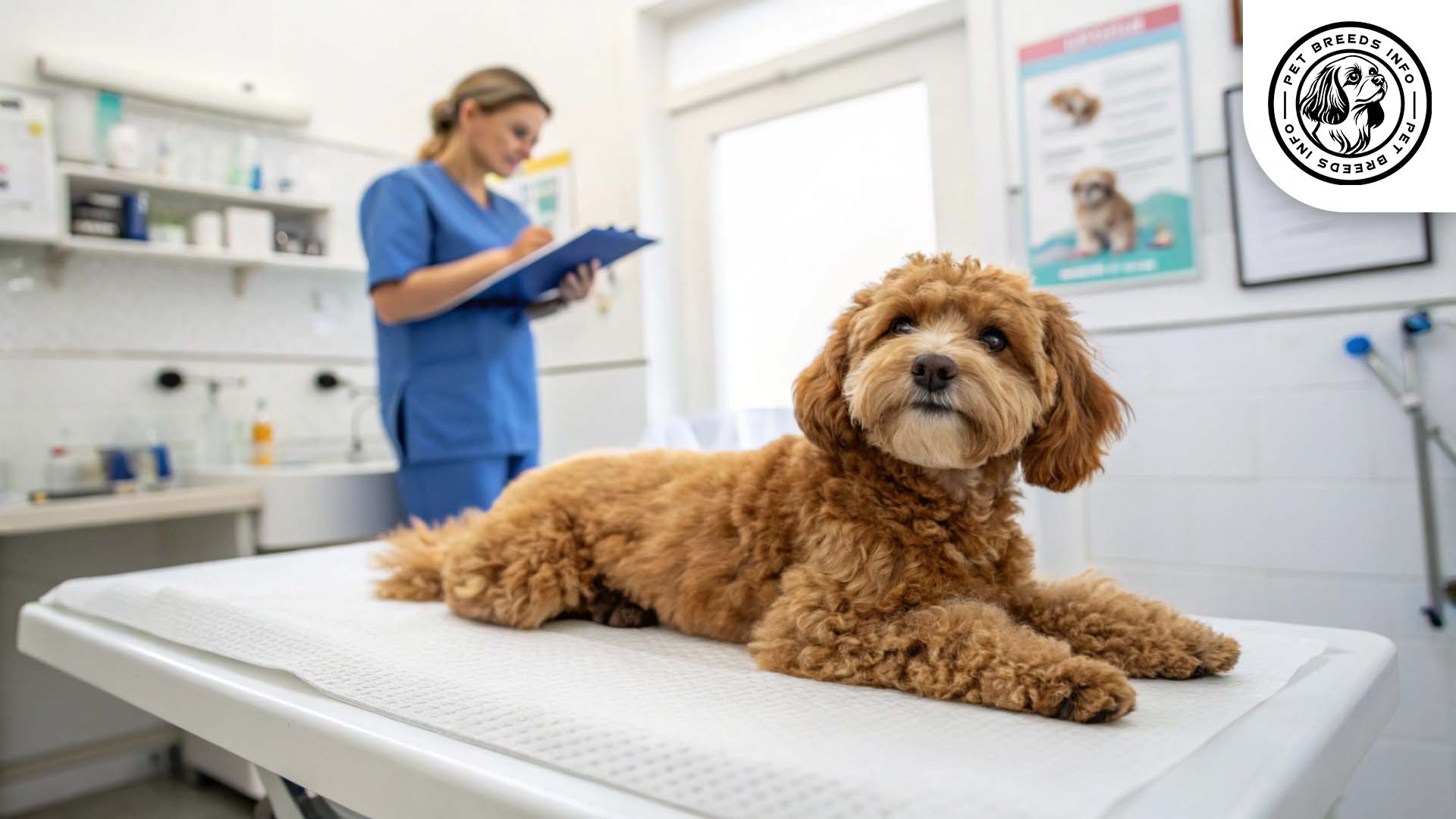
Training and Behavior Management
Maltipoos are intelligent and highly trainable, responding well to positive reinforcement techniques.
Early training and socialization are important to prevent excessive barking and separation anxiety.
Consistency is key, and short, engaging training sessions work best for this breed.
Providing mental stimulation through puzzle toys and interactive games helps keep this intelligent breed engaged.
Interaction with Other Animals and Humans
Maltipoos are excellent companions for families and do well with children when trained properly.
They generally get along with other pets, particularly if socialized from an early age.
This breed thrives in households where they receive frequent attention and companionship.
Due to their strong bond with owners, they may not do well if left alone for long hours.
Price and Availability
The price of a Maltipoo varies depending on factors such as breeder reputation, location, and lineage. On average, they cost between $1,000 and $3,000.
Adopting from shelters or rescue organizations is a great option, as many Maltipoos are in need of loving homes.
When purchasing from a breeder, ensure that they follow ethical practices and health-screen their breeding dogs.
Read More: Bernedoodle Dog
Conclusion and Final Thoughts
The Maltipoo is an affectionate, friendly, and intelligent breed that makes a great companion for families, singles, and seniors alike.
Its small size and moderate exercise needs make it well-suited for apartment living.
Prospective owners should be aware of the breed’s need for companionship and regular grooming.
If you’re looking for a lovable, playful, and low-shedding dog, the Maltipoo may be the perfect choice for you.
FAQ
Are Maltipoos good for families?
Yes, they are affectionate, social, and great with children and other pets.
How often does a Maltipoo need grooming?
They require brushing 2-3 times per week and professional grooming every 6-8 weeks.
Do Maltipoos bark a lot?
They can be vocal, especially if not trained early, but proper training helps control barking.
How much exercise does a Maltipoo need?
Short daily walks and playtime are enough to keep them happy and active.
Are Maltipoos hypoallergenic?
Yes, their low-shedding coats make them a good choice for allergy sufferers.
